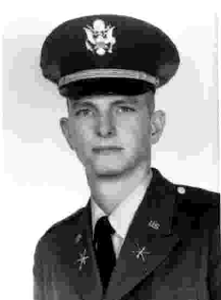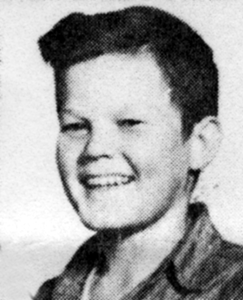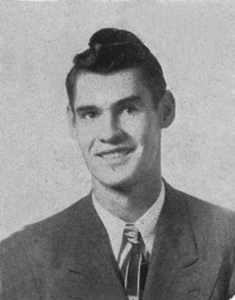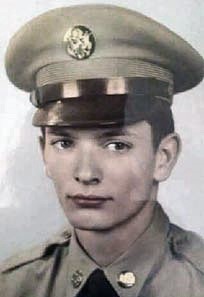McGriff, Grover J.
Army Sergeant 1st class
Grover J. McGriff, age 33, from Greenville County Travelers Rest, South Carolina .
Parents: Mrs. L.M. Boling and preceded in death by Grover J. McGriff
Spouse: Myrtle (Morrison)
Children: Maxine and Marilyn McGriff
Service era: Korea
Date of death: Tuesday, July 14, 1953
Death details: On July 13, 1953, the U.S. Army’s 555th Field Artillery Battalion was positioned to support the Republic of Korea (ROK) 6th Division along a stretch of line known as the Kumsong Salient, when the Chinese Communist Forces (CCF) launched a massive night attack. The 555th Field Artillery continued to fire in support of the ROK forces during the initial stage of the attack, despite coming under heavy enemy artillery fire themselves. However, early on July 14, CCF troops penetrated the ROK lines and were able to attack the 555th’s own positions. Several battery positions were overrun by the numerically superior attackers before a withdrawal order was received. By that point, few men were actually able to withdraw. Some managed to evade enemy forces and work their way back to friendly lines over the following days, but a number of the 555th Field Artillery’s men were captured by the enemy or went missing. The battlefield now lies on the North Korean side of the Demilitarized Zone separating North and South Korea. Master Sergeant Grover Jefferson McGriff, who entered the U.S. Army from South Carolina, served with Battery C, 555th Field Artillery Battalion, 24th Infantry Division. He was reported missing on July 14, 1953, following the CCF attack, although specific details regarding his loss are not known. His remains were not recovered at the time, and subsequent search efforts have been impeded by the fact that the loss area now lies in North Korean territory. Today, Master Sergeant McGriff is memorialized on the Courts of the Missing at the National Memorial Cemetery of the Pacific.
Source: National Archives, Defense POW/MIA Accounting Agency, Atlanta Constitution (1954)




